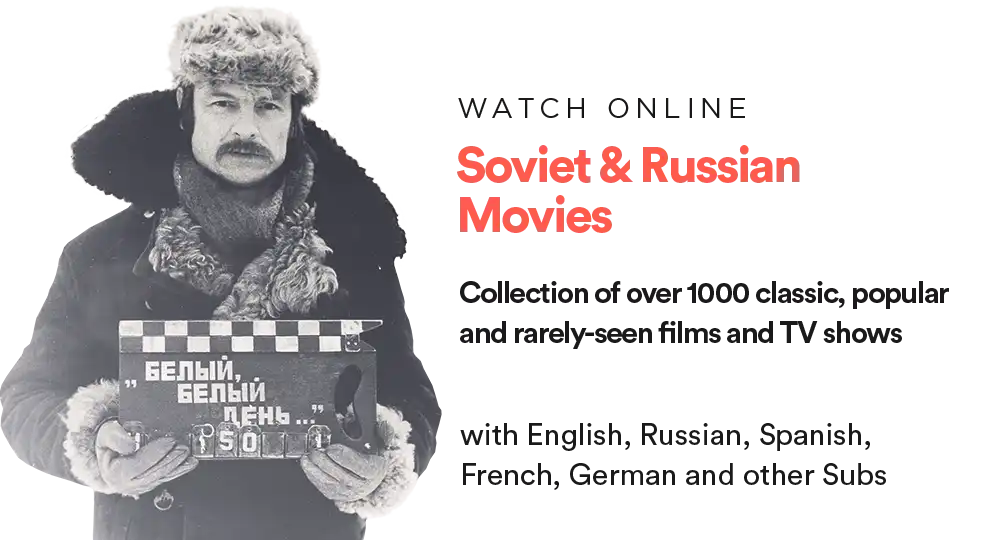Articles about Eastern European Cinematography
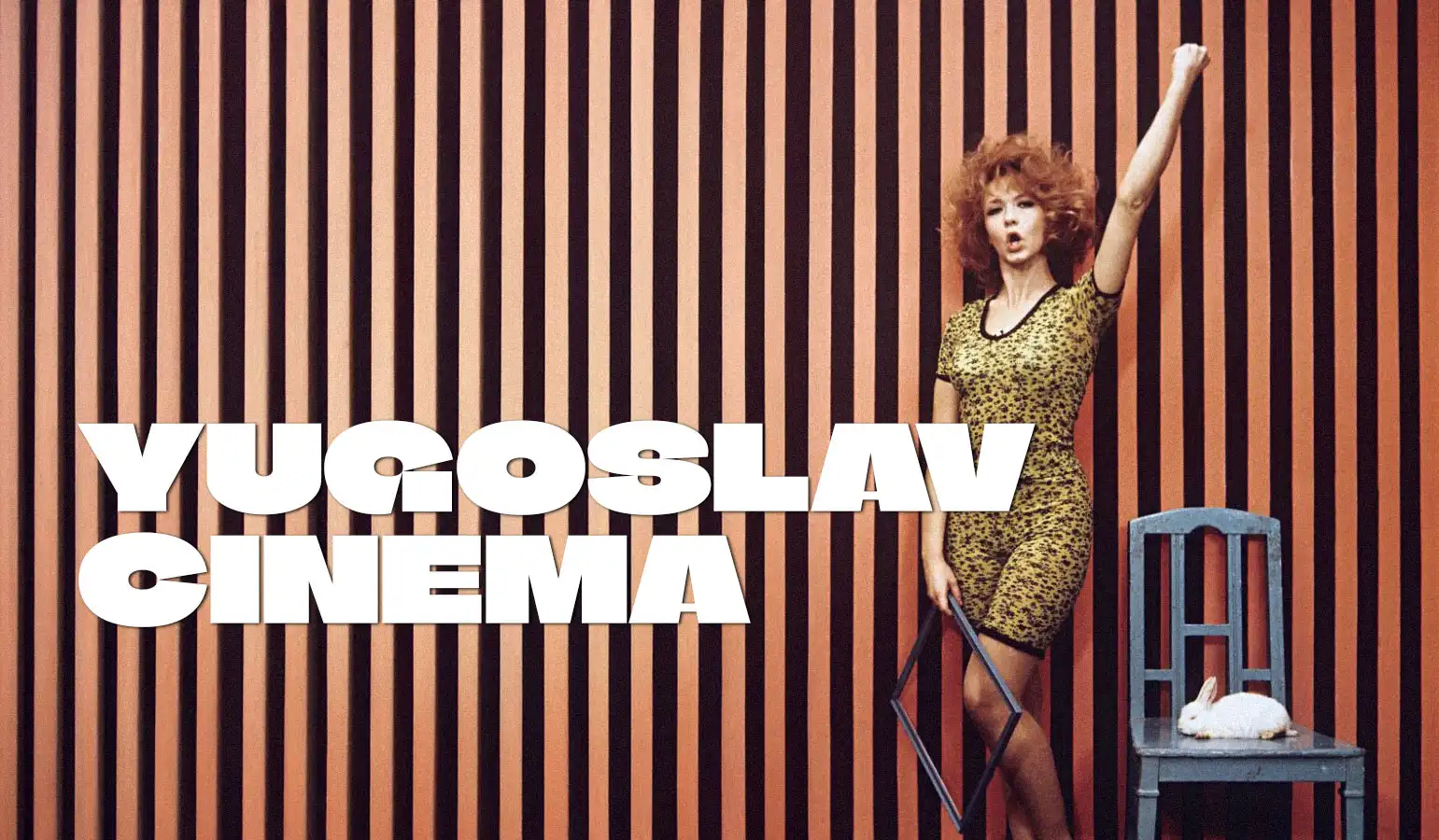 Journey Through Yugoslav Cinema: History, Icons & Personal Discoveries
16.04.2025
Journey Through Yugoslav Cinema: History, Icons & Personal Discoveries
16.04.2025
As a film enthusiast, I’ve always been drawn to hidden gems from around the world. Yugoslav cinema – the films of the former Yugoslavia – felt like uncharted territory at...
 The Story of Sin (1975): An Unforgotten Gem of Polish Cinema
28.11.2024
The Story of Sin (1975): An Unforgotten Gem of Polish Cinema
28.11.2024
“The Story of Sin” (Dzieje Grzechu) is a 1975 Polish drama film directed by Walerian Borowczyk, an artist known for uniquely visionary films that combined surrealism, eroticism, and often shocking...
 Sexmission (Seksmisja) – A Cult Classic Of Polish Cinema
11.08.2024
Sexmission (Seksmisja) – A Cult Classic Of Polish Cinema
11.08.2024
Sexmission (Seksmisja), a 1984 Polish film directed by the legendary Juliusz Machulski, remains a widely beloved film for audiences worldwide, even nearly four decades after its release. It has stood...
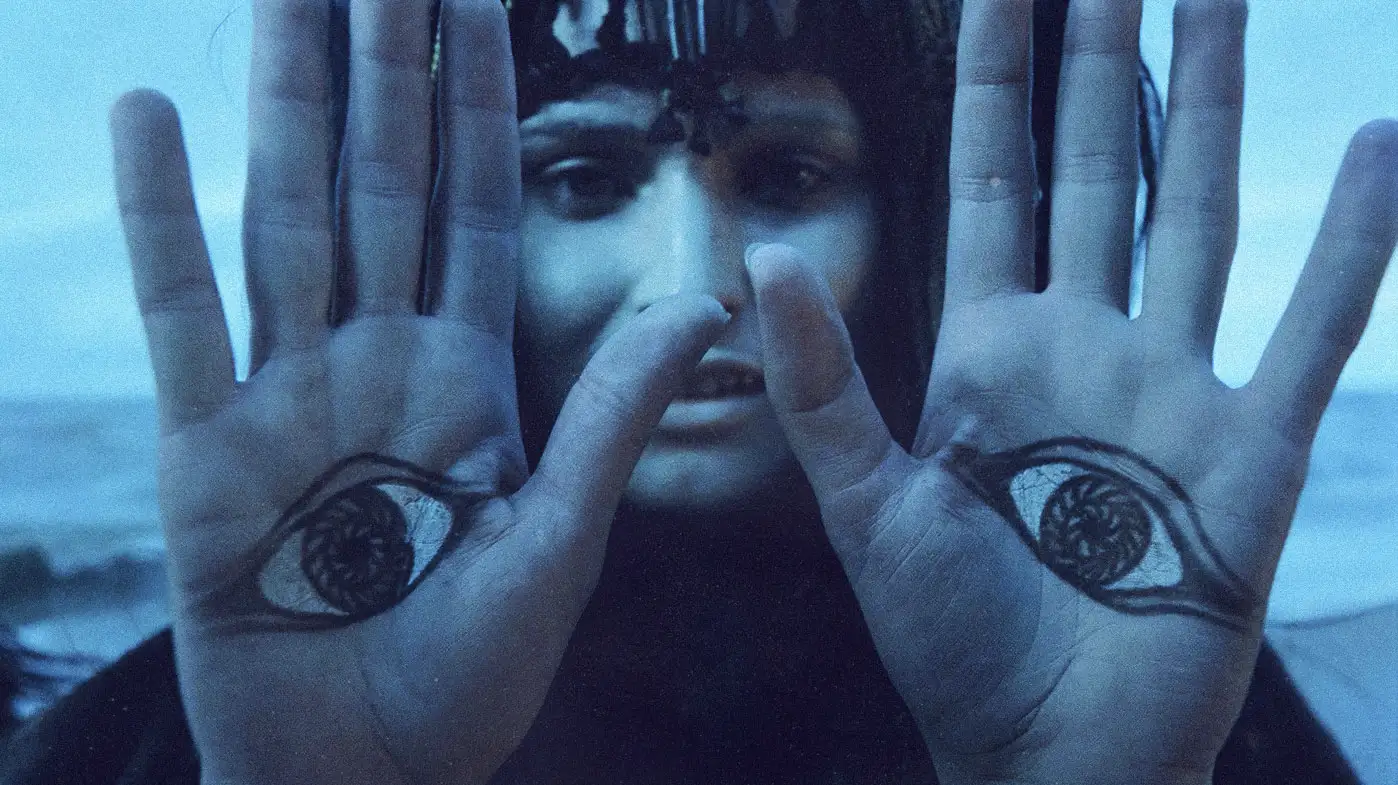 On the Silver Globe (1988): A Cinematic Odyssey through Time and Space
08.05.2024
On the Silver Globe (1988): A Cinematic Odyssey through Time and Space
08.05.2024
The narrative revolves around a Polish science-fiction masterpiece, “On the Silver Globe (Na srebrnym globie)” penned by Jerzy Żuławski in the early 1900s. This lunar exploration tale, recorded as a...
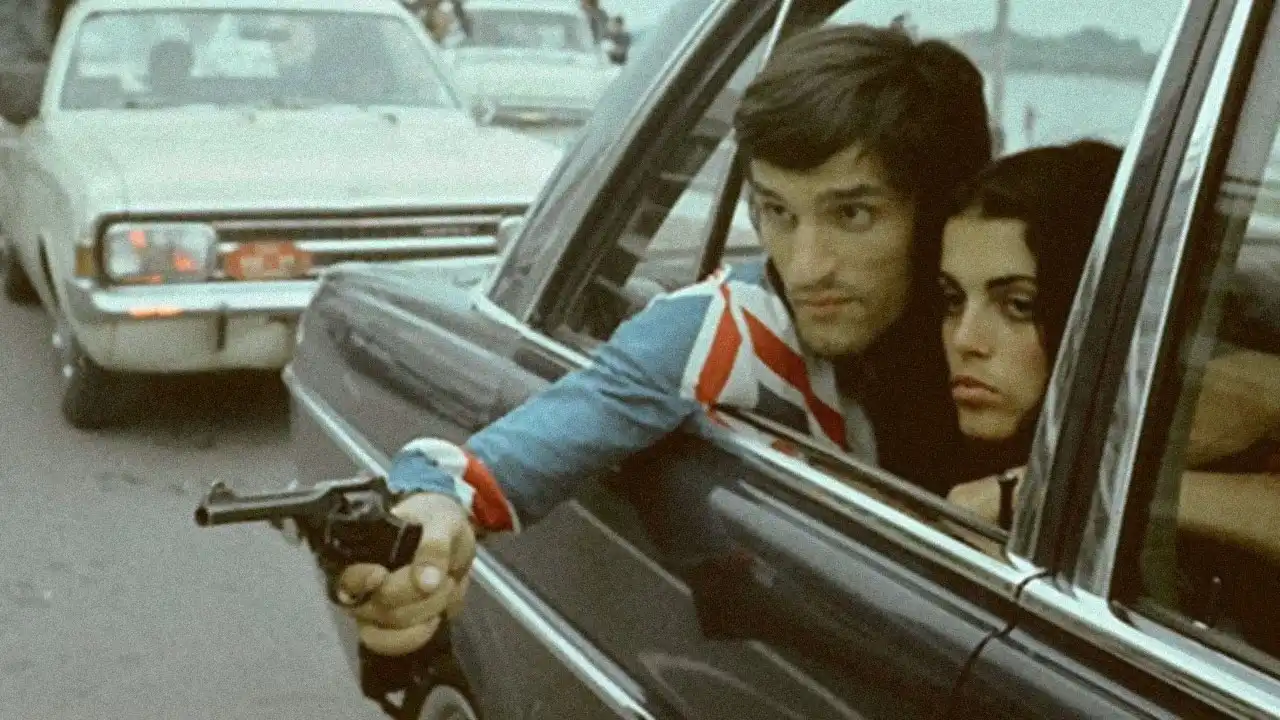 Dark sunglasses for a bright future — “Young and Healthy as a Rose”
16.04.2024
Dark sunglasses for a bright future — “Young and Healthy as a Rose”
16.04.2024
Yugoslav standards and American life in the 1971 film “Young and Healthy as a Rose” directed by Jovan Jovanović present a picture of the most beautiful moments in an ugly...
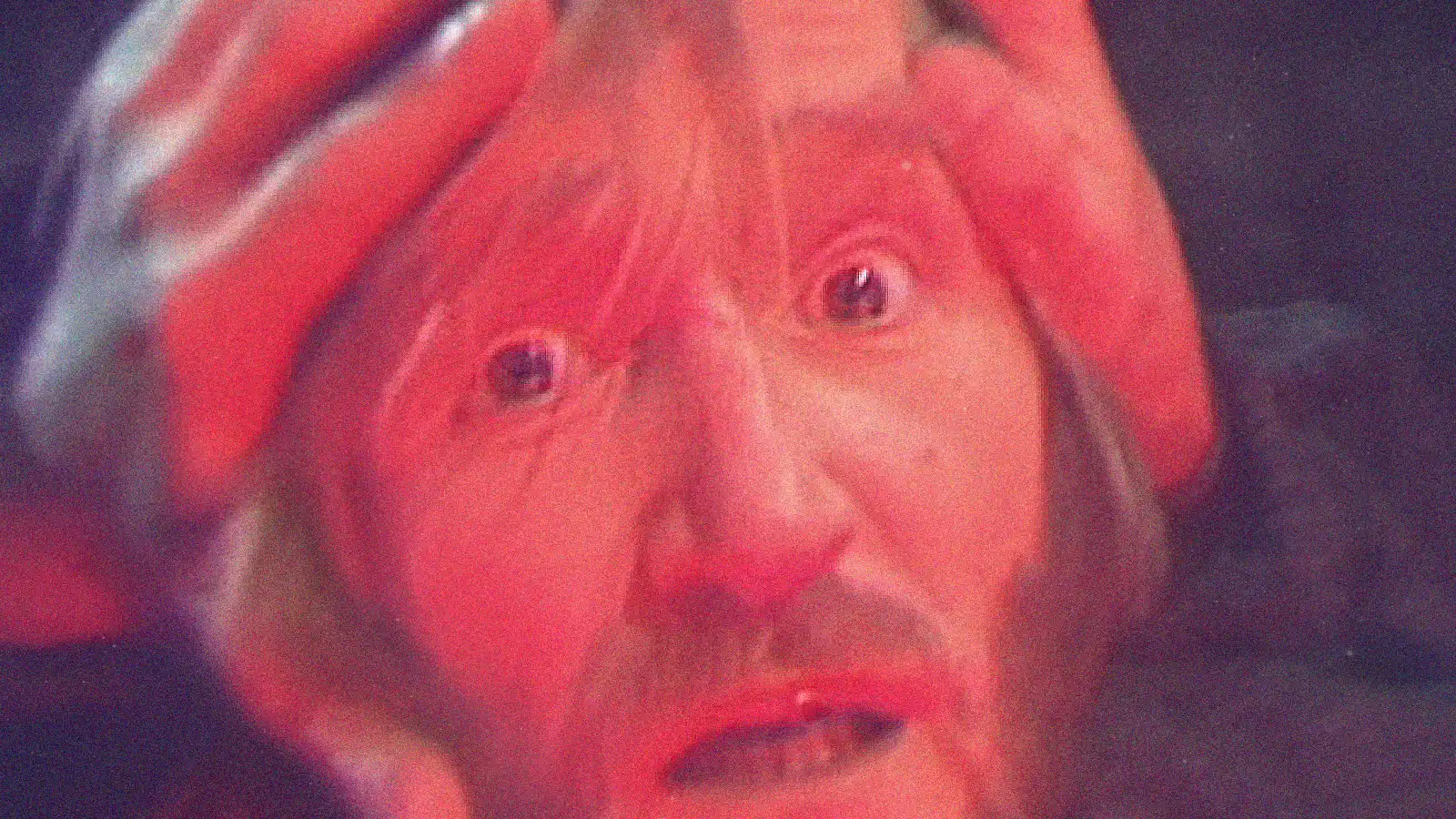 “Sleep no more! Macbeth does murder sleep”, while Béla Tarr wakes up the cinematic avant-garde with his filming techniques
19.03.2024
“Sleep no more! Macbeth does murder sleep”, while Béla Tarr wakes up the cinematic avant-garde with his filming techniques
19.03.2024
“Sleep no more! Macbeth does murder sleep”, while Béla Tarr wakes up the cinematic avant-garde with his filming techniques Somewhere between sleep and reality, prophecy and mysticism, the reign and...
 Laughter through the tears in the film “Hunting Flies” by Andrzej Wajda
17.02.2024
Laughter through the tears in the film “Hunting Flies” by Andrzej Wajda
17.02.2024
Table of Contents: Polish Film School After October 1956, the situation in Poland changed significantly. The first films of the new era of Polish socialism appear along with the first...
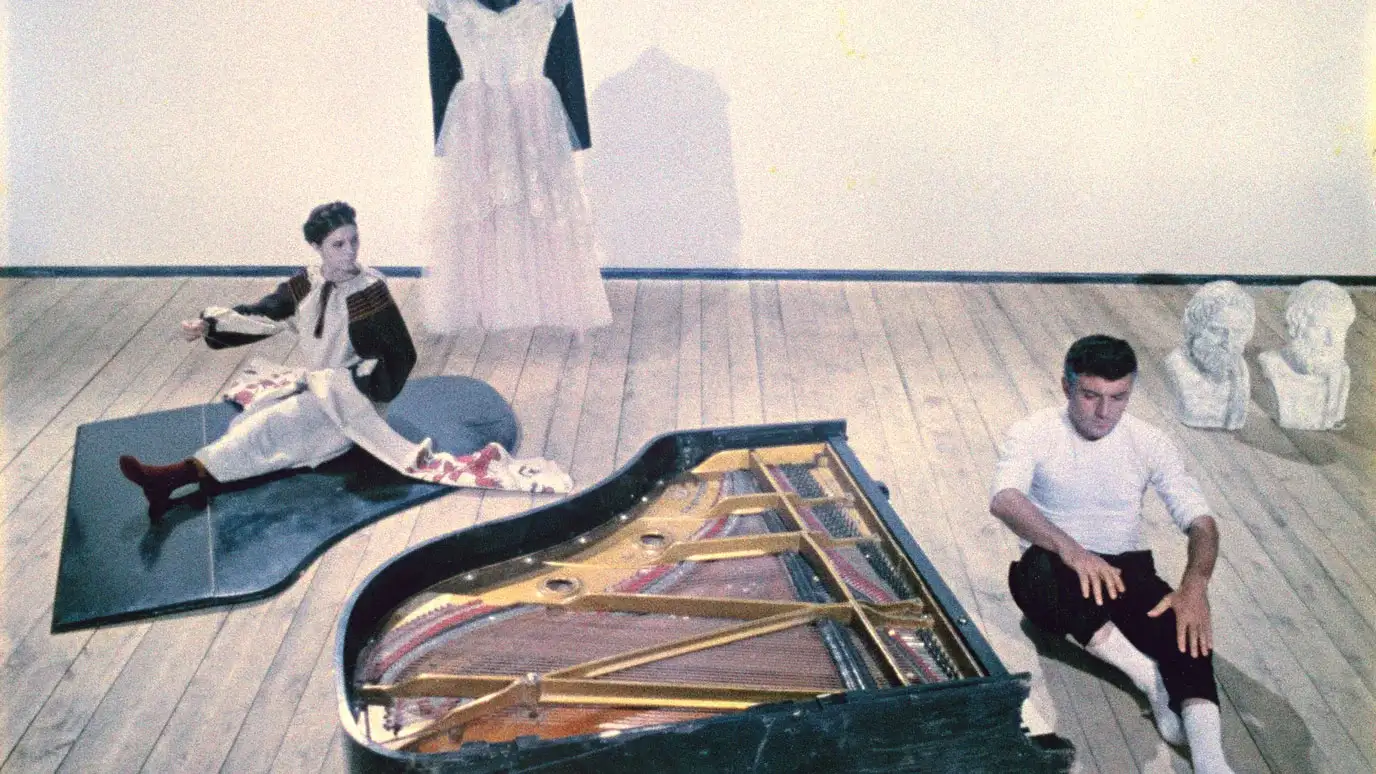 In the Realm of the Existential Arthouse: Eastern European Short Movies under 20 minutes
04.01.2024
In the Realm of the Existential Arthouse: Eastern European Short Movies under 20 minutes
04.01.2024
Arthouse — Far from Hollywood Arthouse is a film artistic genre that includes the achievements of the seventh art in which the expression, content, style and technique are recognized for...
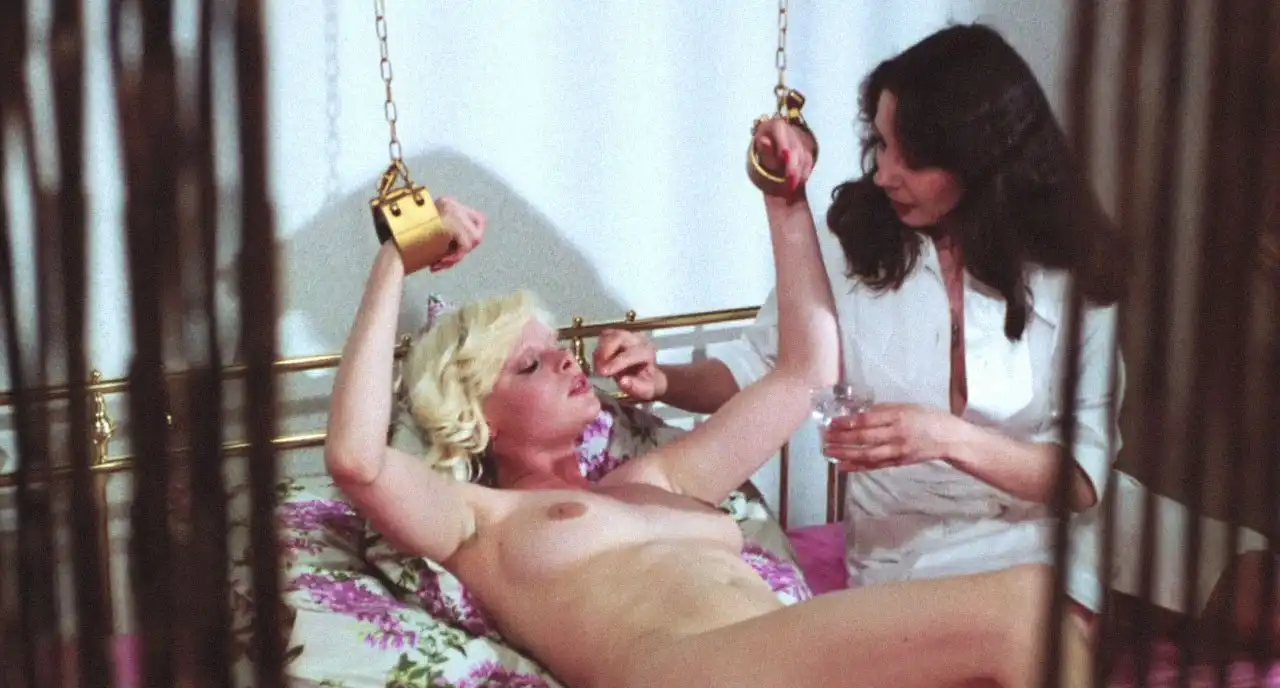 Top 10 Eastern European Sensual Films: A Cinematic Legacy of Courage and Artistry
06.12.2023
Top 10 Eastern European Sensual Films: A Cinematic Legacy of Courage and Artistry
06.12.2023
Sensual cinema in Eastern Europe occupies a unique space in film history. Unlike Western productions, these films were not created merely for entertainment but often served as vehicles for social...
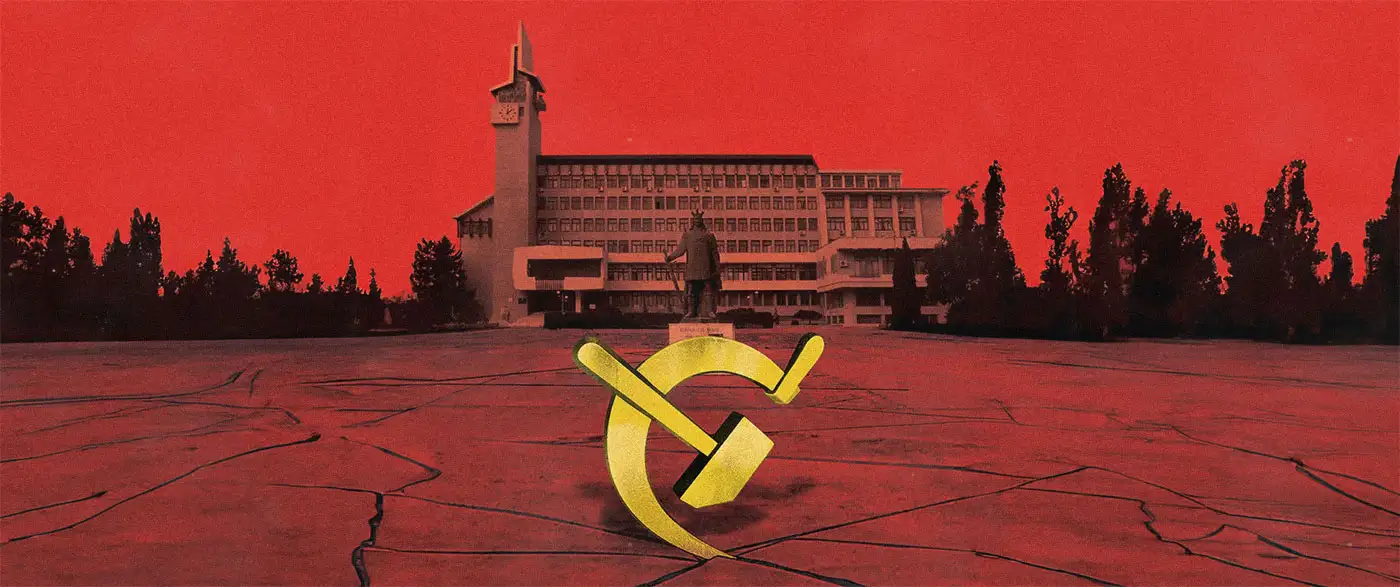 Storming of the Romania’s Bastille: The Day That Changed Lives Forever. The Day That Never Happened
01.12.2023
Storming of the Romania’s Bastille: The Day That Changed Lives Forever. The Day That Never Happened
01.12.2023
Romania is a country in Southeast Europe with the capital city of Bucharest, an impressive history of the communist regime under the rule of the political figure Nicolae Ceaușescu and...
 Satantango: Peeling Back the Layers of Eastern Europe’s Cinematic Magnum Opus
24.11.2023
Satantango: Peeling Back the Layers of Eastern Europe’s Cinematic Magnum Opus
24.11.2023
Table of Contents: Delving Deep into Satantango’s Mystique Hungary, a land renowned for its cultural riches, has silently carved its space in the cinematic world. Amongst its treasures stands “Satantango”...
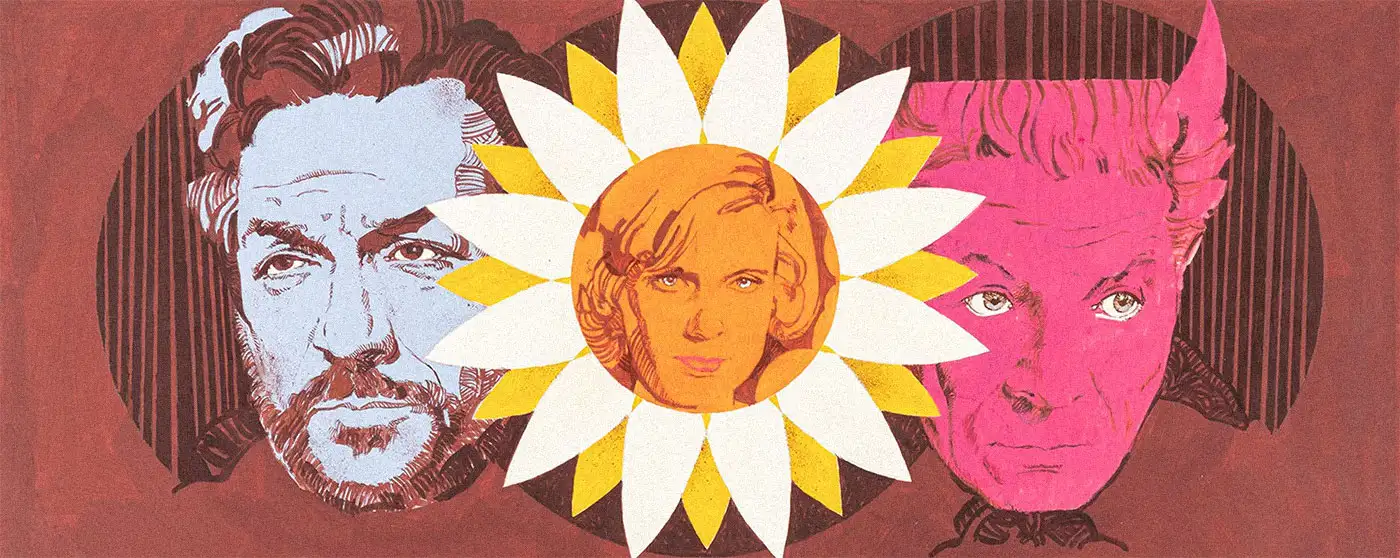 “Who still believes in God or the Devil?”, “Who rules this world, if there is no God and man is mortal?”, “Who approved this script?”
01.11.2023
“Who still believes in God or the Devil?”, “Who rules this world, if there is no God and man is mortal?”, “Who approved this script?”
01.11.2023
The film from 1972, directed by Aleksandar Petrović — “The Master and Margarita” represents, according to Mikhail Bulgakov’s literary template, multidimensionality, general and concrete, eternal and current, religious-philosophical and political...
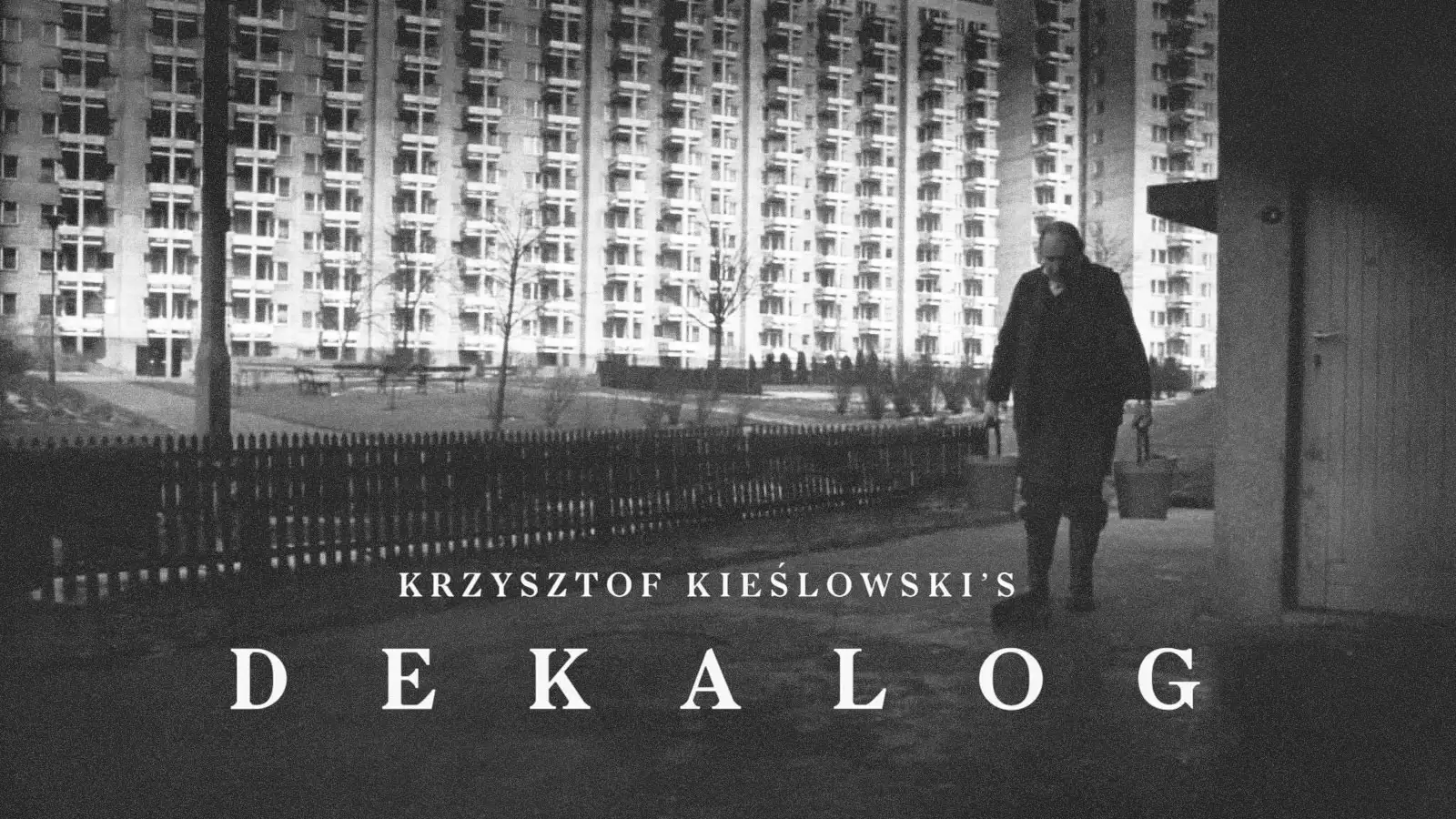 Dekalog: A Cinematic Testament to the Human Spirit
29.09.2023
Dekalog: A Cinematic Testament to the Human Spirit
29.09.2023
“Dekalog” is a series of ten films, each bearing an evocative and profound narrative, crafted by the remarkable Polish director Krzysztof Kieślowski. Each film, while connected through themes and settings,...
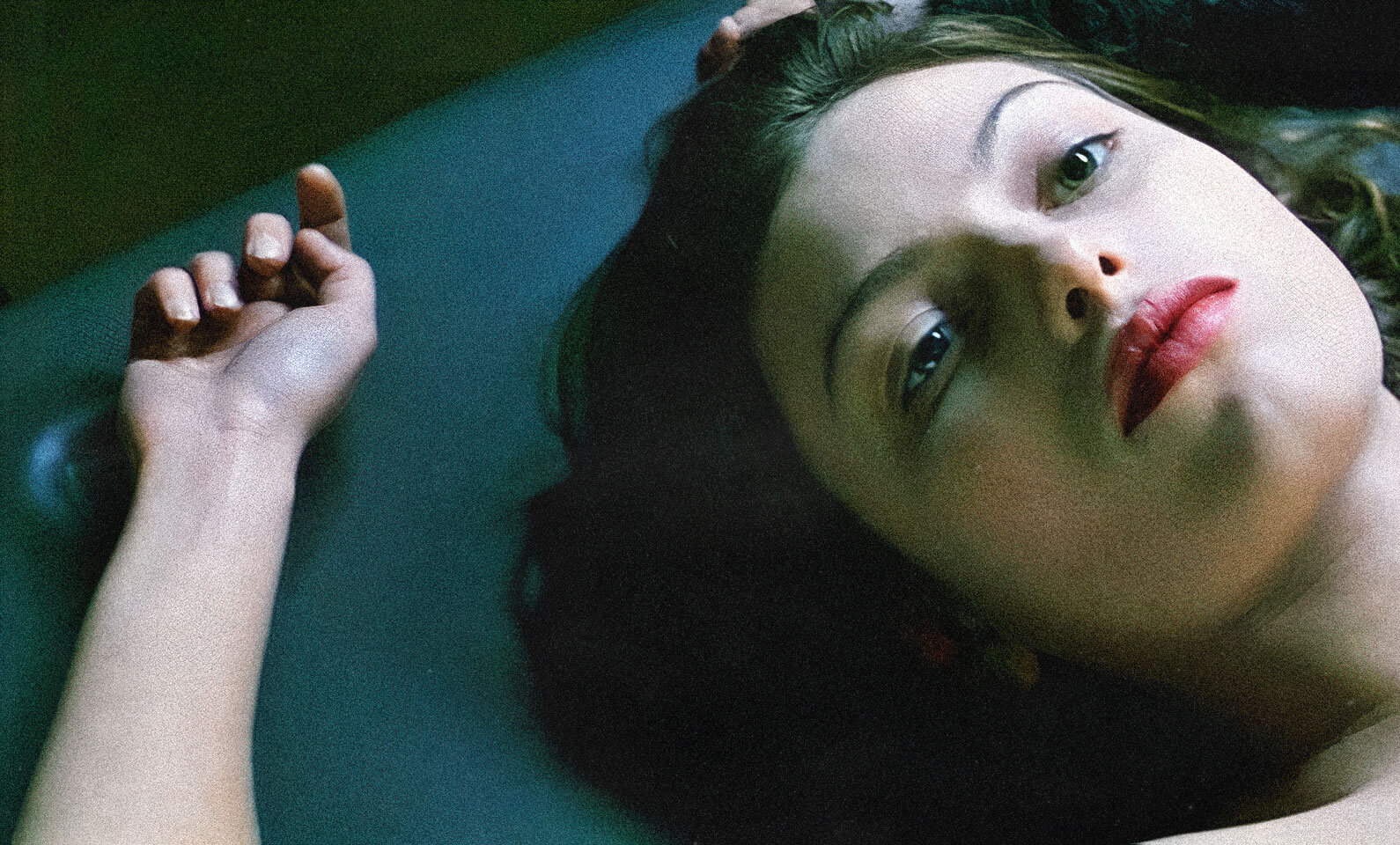 The Shaman (Szamanka) 1996: A Paradigm Shift in Cinema
21.07.2023
The Shaman (Szamanka) 1996: A Paradigm Shift in Cinema
21.07.2023
“The Shaman” (Szamanka) is a 1996 film that continues to inspire, captivate, and mystify audiences worldwide. The movie has significantly impacted global cinema by setting new standards for narrative structure...
 The Top 10 Czechoslovak Films: A Look into Its Unique Cinematic History
16.06.2023
The Top 10 Czechoslovak Films: A Look into Its Unique Cinematic History
16.06.2023
Czechoslovak cinema has played a unique role in the history of world cinema. Emerging from the cultural mosaic of Central Europe, it stands apart for its distinctive style, socially-conscious narratives,...
 The Artistic Genius of Věra Chytilová: A Dive into “Daisies” and Beyond
15.05.2023
The Artistic Genius of Věra Chytilová: A Dive into “Daisies” and Beyond
15.05.2023
Věra Chytilová is a name that resonates strongly in Czechoslovakian cinema. Her filmmaking prowess was a testament to the power of artistic expression, especially during the Prague Spring period. Among...
 The Eerie Beauty of “The Third Part of the Night” (1971): An Exploration into Andrzej Żuławski’s Surrealist Masterpiece
20.04.2023
The Eerie Beauty of “The Third Part of the Night” (1971): An Exploration into Andrzej Żuławski’s Surrealist Masterpiece
20.04.2023
Set against the haunting backdrop of Nazi-occupied Poland, “The Third Part of the Night” (1971) offers a stirring and poignant exploration of war, loss, and human survival. This surrealist masterpiece,...



